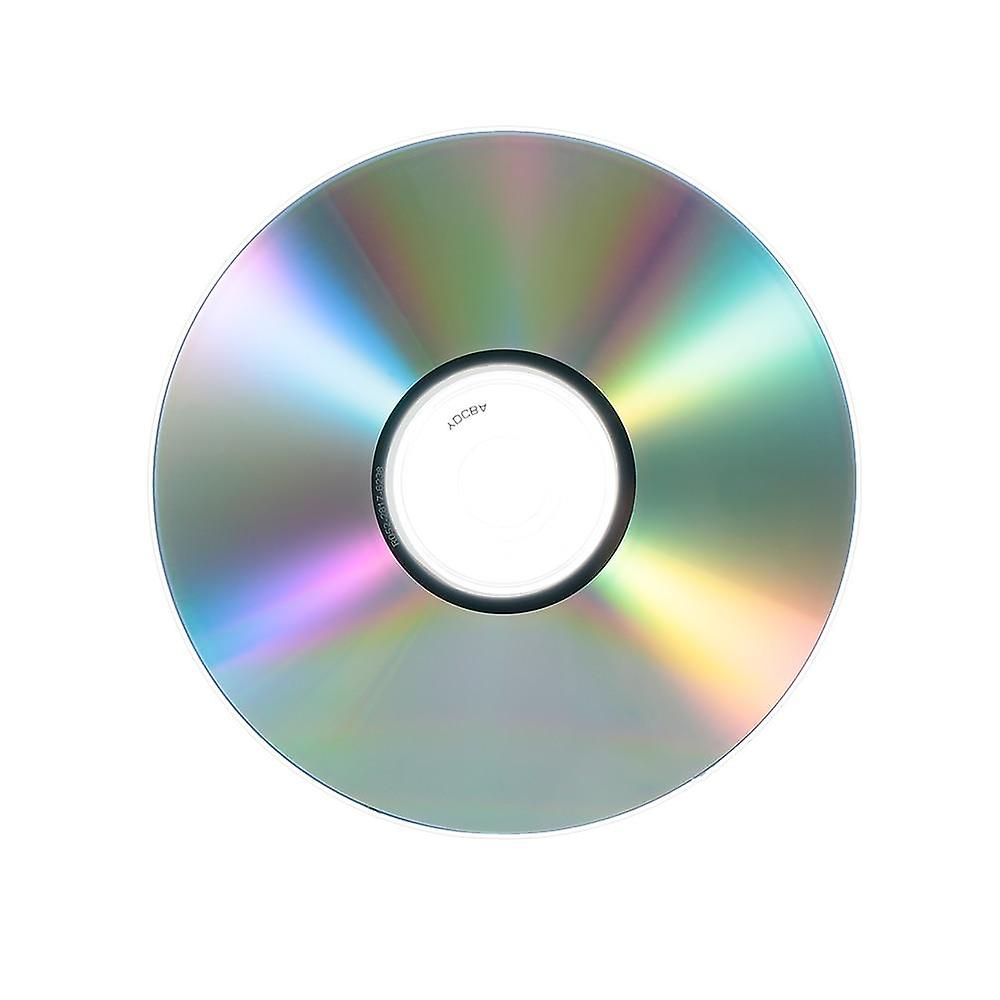- cross-posted to:
- movies@lemm.ee
- cross-posted to:
- movies@lemm.ee
The Radiance Films Blu-ray imprint has just released the second volume in its World Noir series, which collects global noirs from Japan, France and Germany. “Noir is a thread that runs through cinema history in complex ways, and allows us to explore all sorts of topics,” says managing director Francesco Simeoni, “which is very exciting from a curatorial perspective.” For example, Volume 2 includes the Yakuza heist drama Cruel Gun Story (Takumi Furukawa, 1964), which transfers the plot twists of 1950s American gangster movies into the 1960s Tokyo underworld.
This week’s rerelease of The Third Man (1949) suggests a detour closer to home: a British film noir with American stars, set in postwar Vienna, which is divided into zones controlled by different international powers, and home to travellers from across Europe and the US. Here the accent of the all-important voiceover is American, courtesy of Joseph Cotten, as is the charismatic Harry Lime, played by Orson Welles, but the story and direction are by Brits (Graham Greene and Carol Reed respectively) and its visual style, with those deep shadows and even deeper tilted angles (the cinematographer Robert Krasker was Australian), draws on Hollywood’s translation of German silent cinema. For Phullar, the significance of The Third Man is in the way that “you see and hear and feel those long journeys of film noir, perhaps more than other films of that era”. In this light, Harry Lime’s famous speech, elaborated by Welles, about how great art is produced only by countries riven by violence and turmoil, seems especially on the nose.


